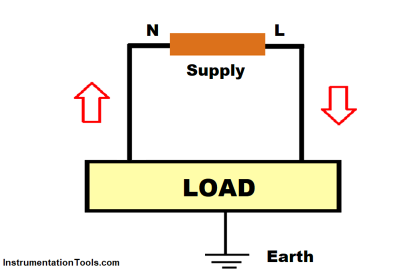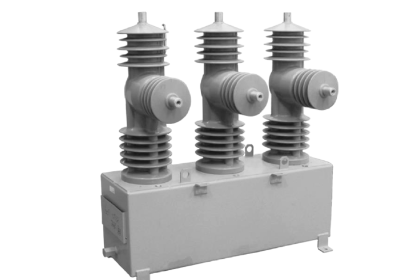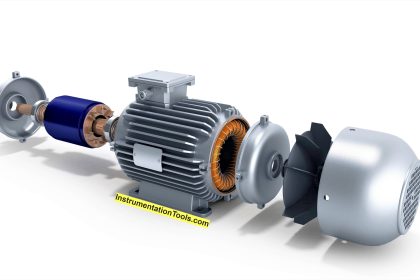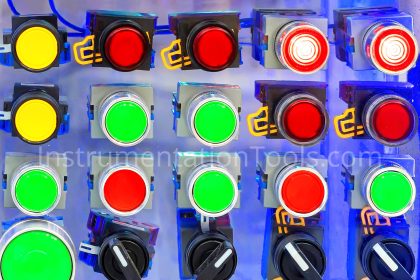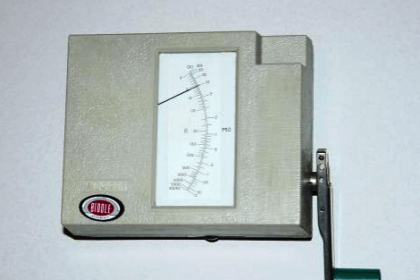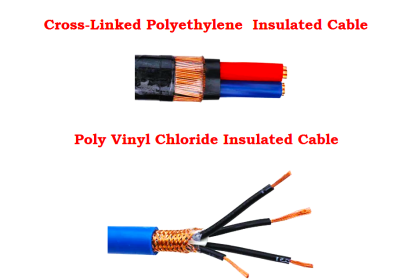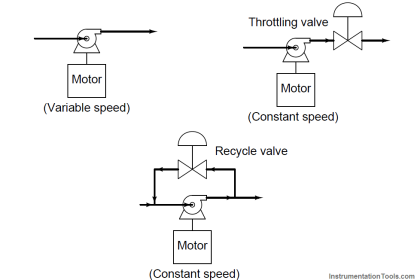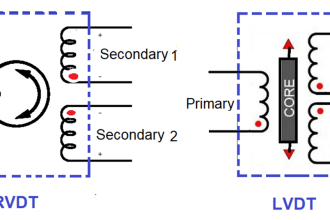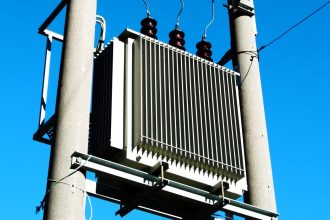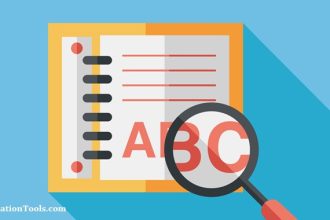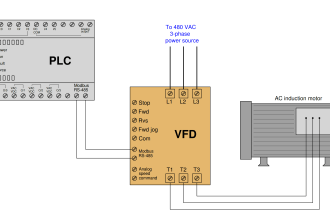In this post, we will learn the working principle of overload relay, types, and applications.
Motor overload is defined as a condition where the motor draws excessive load current and heats it up. This condition can damage the motor windings.
To protect it from damage, an overload relay is used in series with its contactor; to protect the motor from overload and over-current. It is used in almost every motor starter.
The function of the overload relay is to continuously sense the load current and tripping the power supply to the motor. Thus, the motor is protected from overload and over current.
Overload Relay
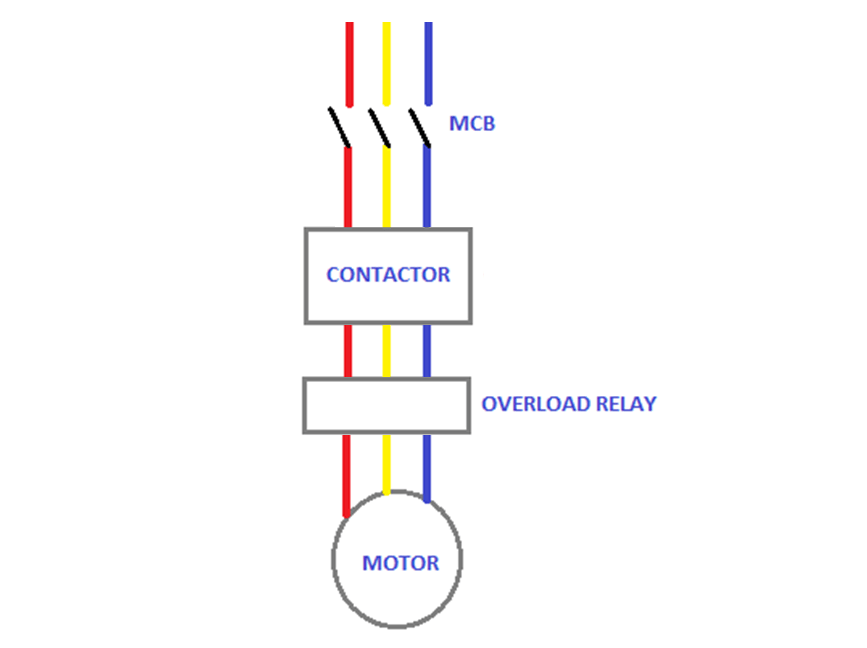
Refer to the below image for its general connection. The three-phase supply from raw incoming power is fed to a contactor through MCB; and then to the motor through an overload relay.
The overload relay continuously monitors the load current drawn and cuts off the power supply when it exceeds a certain high limit.
Usually, the relay has the following terminals – L1, L2, L3 (for incoming power); T1, T2, T3 (for outgoing power), auxiliary contact for providing feedback to any control circuit; ampere range knob setting in the relay; trip reset button and a test button to test the control wiring.
Basically, this relay works in the principle of thermal heating. As current increases, the temperature of phase windings in the motor and wire too increases.
This temperature is sensed to determine the overload condition and when the temperature exceeds a predefined high set value, it trips the circuit.
Types of Overload Relays
Owing to this working, there are two types of overload relay –
- bimetallic thermal overload relay and
- electronic overload relay.
Bimetallic Thermal Overload Relay
In the bimetallic relay, a bimetallic strip is used and is placed in the circuit in such a way that the current flows through it.
The strip gets heated continuously due to its properties. When the current exceeds the limit, it gets heated in such a large way that it breaks the contact with the outgoing supply from it.
This is the traditional working of an overload relay. An overload relay was founded on the basis of this working principle.
Electronic Overload Relay
In an electronic relay, temperature sensors and current transformers are in the motor circuit to sense the rise in temperature and current.
PTC sensors are used to sense temperature. Due to use of microprocessors and sensors, the sensing technology of this type of relay is much accurate than a traditional bimetallic relay.
Also, the heat losses inside the relay are much lesser in this type than a bimetallic relay.
Applications of Overload Relays
Overload relays are extensively used in control circuits of motors; as they provide an auxiliary contact to the PLC.
This helps in additional protection of the overall circuit. You just have to set the tripping current in the relay according to your needs and also select the relay based on trip class.
Trip class is nothing but a trip check timer. It varies depending on various classes and considers the corresponding check timer to trip the circuit when it has sensed overload condition.
If you liked this article, then please subscribe to our YouTube Channel for Instrumentation, Electrical, PLC, and SCADA video tutorials.
You can also follow us on Facebook and Twitter to receive daily updates.
Read Next:
